Toyota publishes new details on the bZ4X
After the presentation of the near-production concept in spring, during which Toyota mainly put the spotlight on the appearance of the new BEV, the Japanese now provide the majority of the technical data on the bZ4X.
Weighing around 2 tonnes, the electric mid-size SUV will be available with either a 150 kW front-wheel drive or an all-wheel-drive system combining two electric motors with 80 kW each. The battery has an energy content of 71.4 kWh and is said to enable WLTP ranges of more than 450 kilometres. The maximum DC charging power is specified at 150 kW. Charging to 80 per cent is said to take around 30 minutes. For AC charging at 11 kW, a three-phase onboard charger will be available from the end of 2022. Until then, the bZ4X will only charge at 6.6 kW. All power specifications are still preliminary before homologation, Toyota emphasises.
That was the quick overview. In the following, we will go into more detail about the technical characteristics of the Toyota Stromer: The drive of the front-wheel drive offers, besides 150 kW of power, a torque of 265 Nm and an acceleration from 0 to 100 km/h in 8.4 seconds. The all-wheel drive model, on the other hand, produces 160 kW and 336 Nm of torque. According to the manufacturer, the sprint from 0 to 100 km/h is achieved in 7.7 seconds. Toyota specifies a top speed of 160 km/h for both variants.
As announced at the presentation of the near-production study, the all-wheel-drive system is based, among other things, on innovations from development partner Subaru. The two separate 80 kW engines can be tuned to each other via different driving modes to offer “class-leading off-road handling and performance” – according to Toyota, even in deep snow and mud and on tougher off-road terrain.
The lithium-ion battery, with an energy content of 71.4 kWh, is expected to provide a range of more than 450 kilometres, although this figure will depend on the version, Toyota said. Details will have to wait until after homologation. On the other hand, the manufacturer states that the bz4X has a heating system with a heat pump to ensure its performance even in sub-zero temperatures. In addition, the model is the first Toyota vehicle in which the battery is water-cooled.
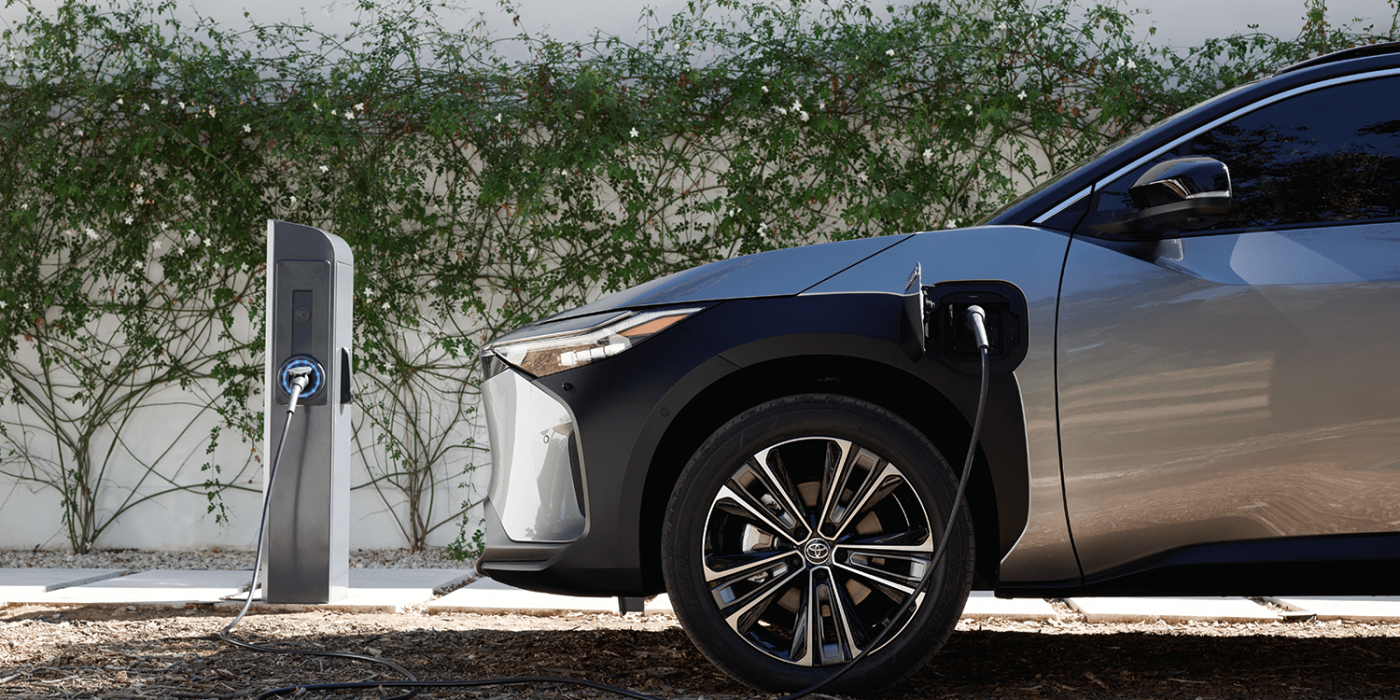
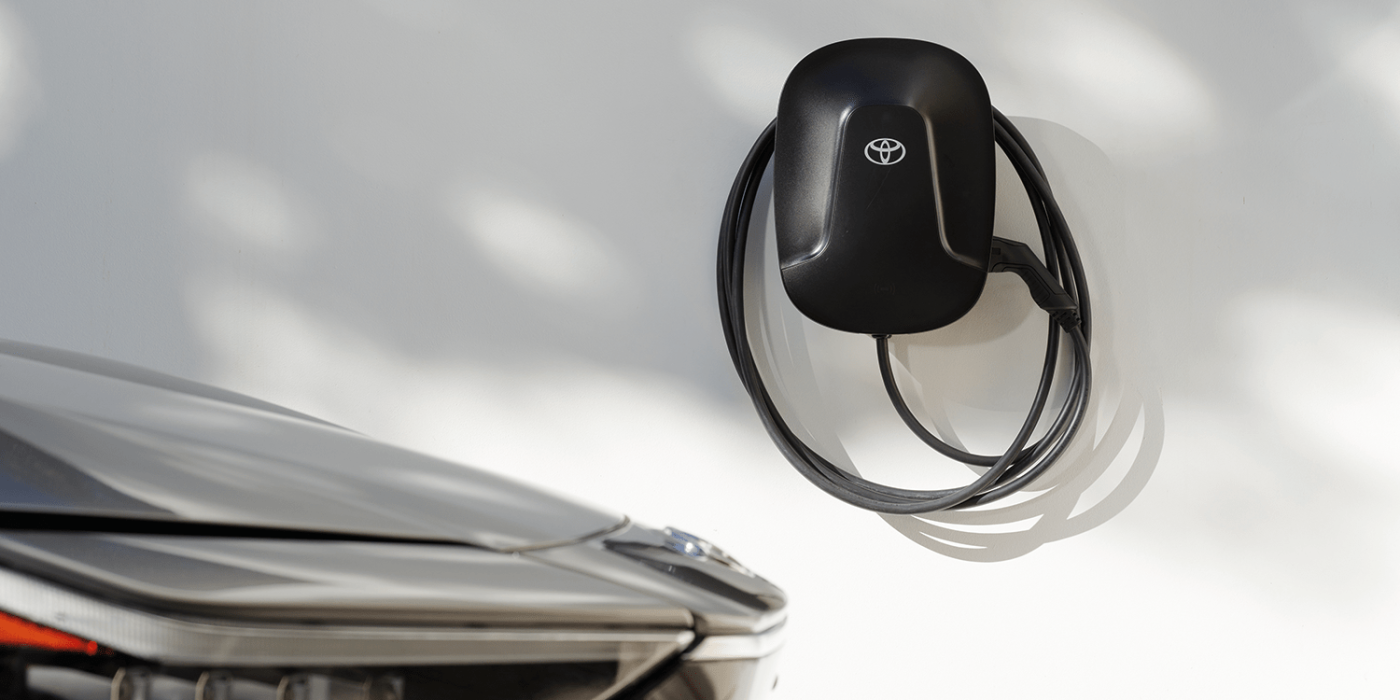
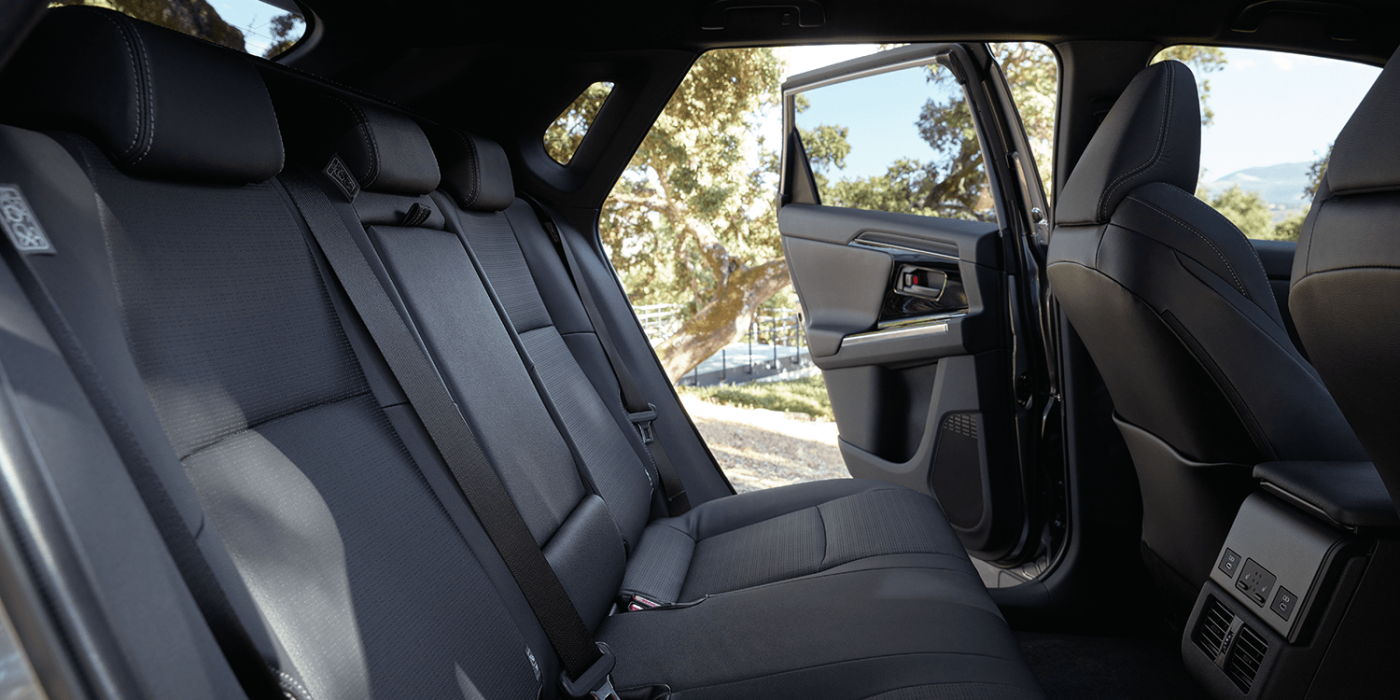
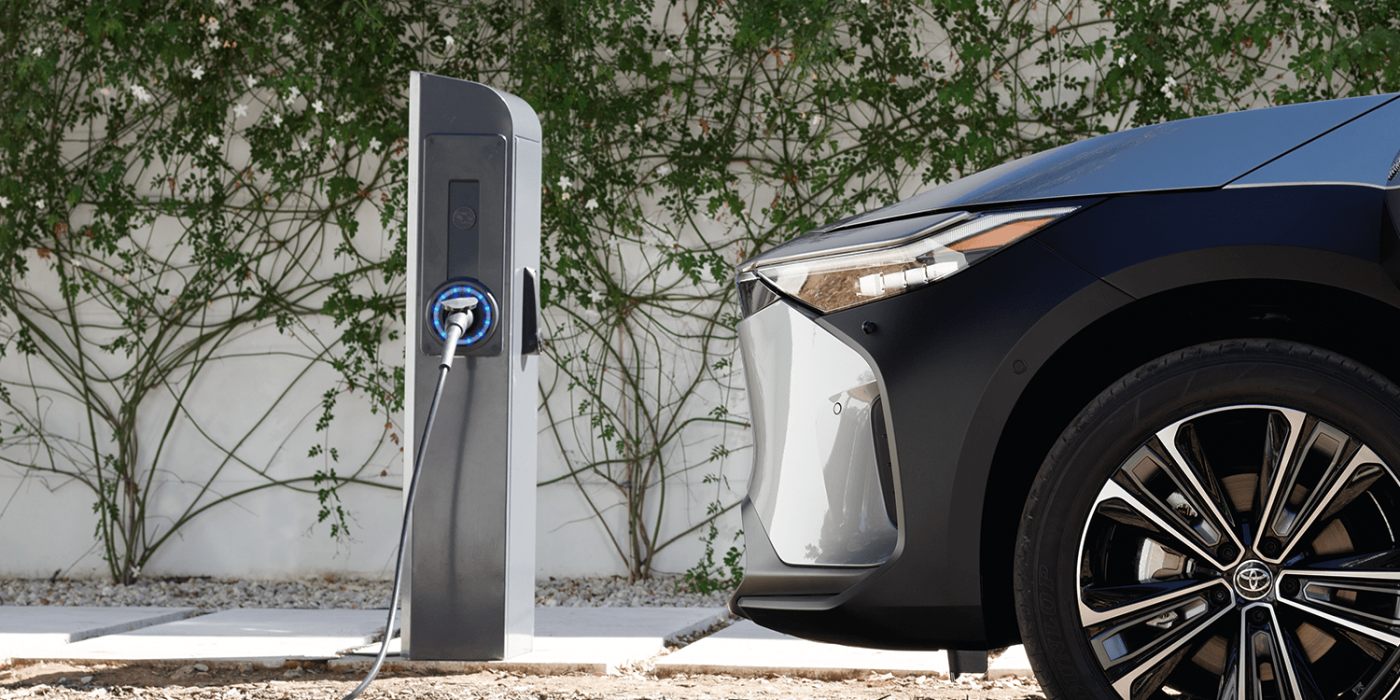
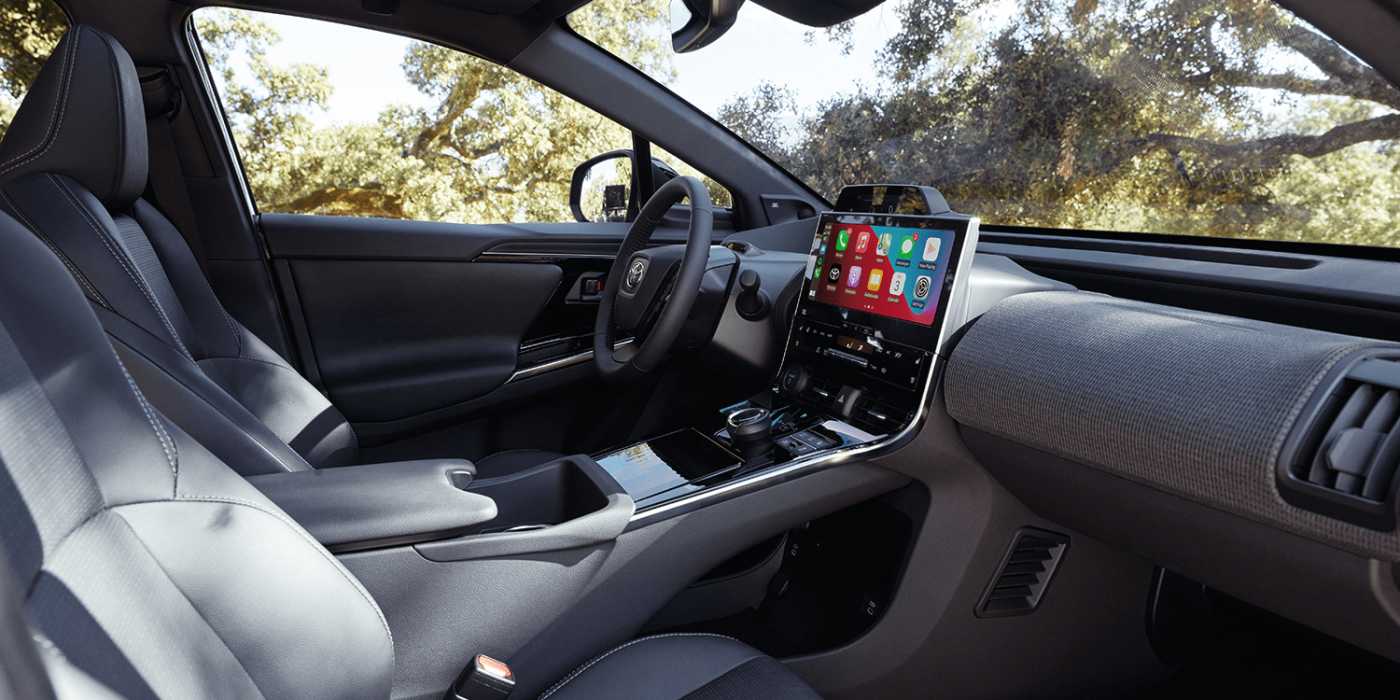
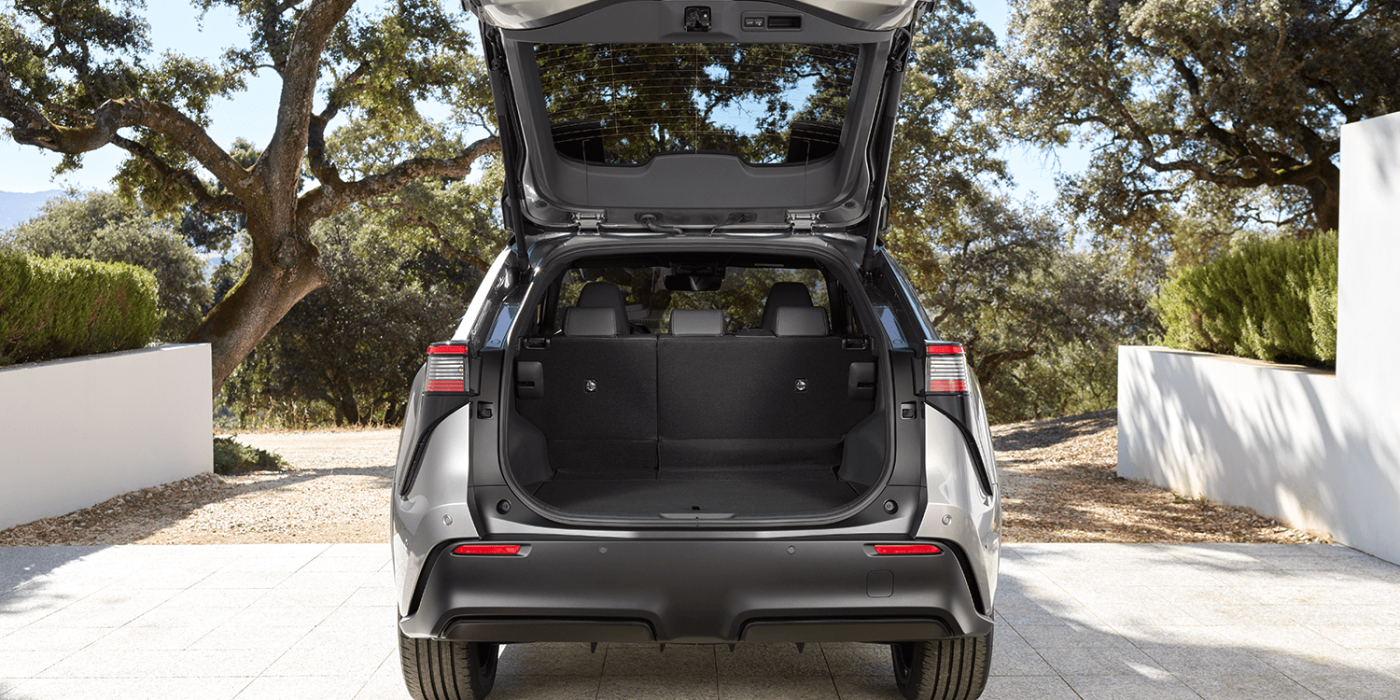
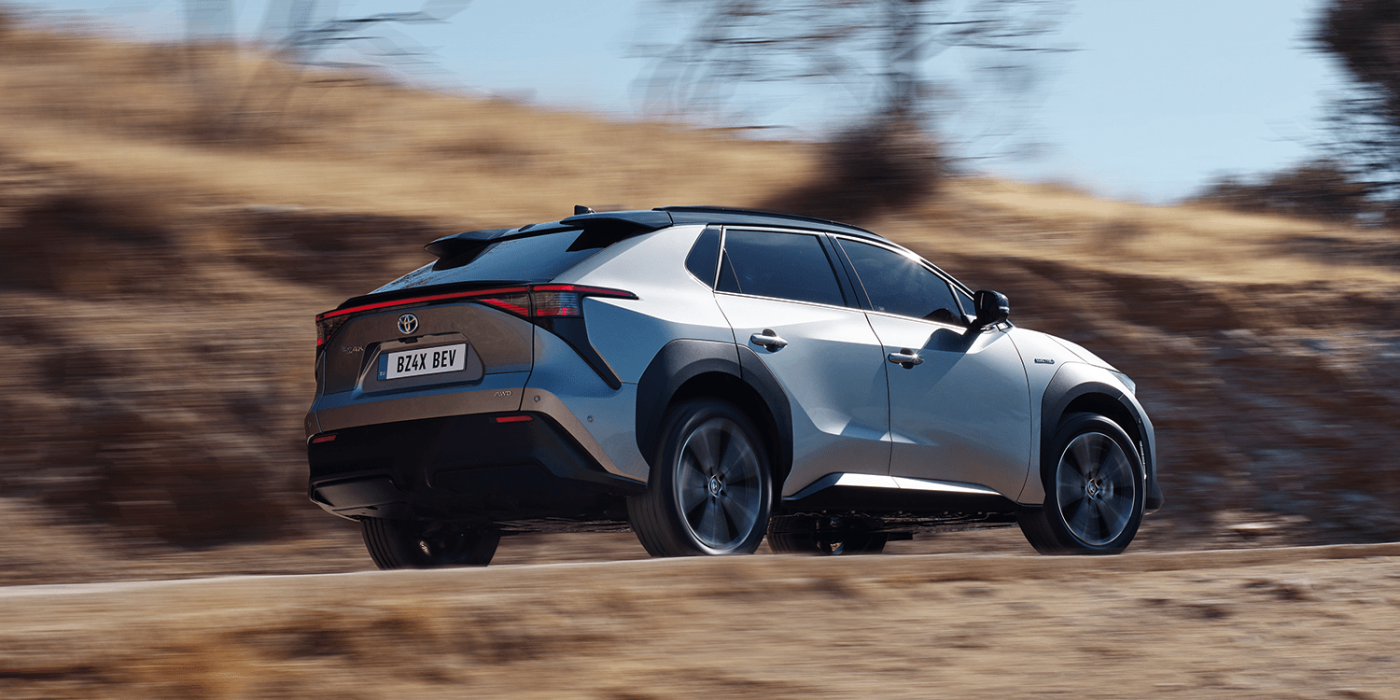
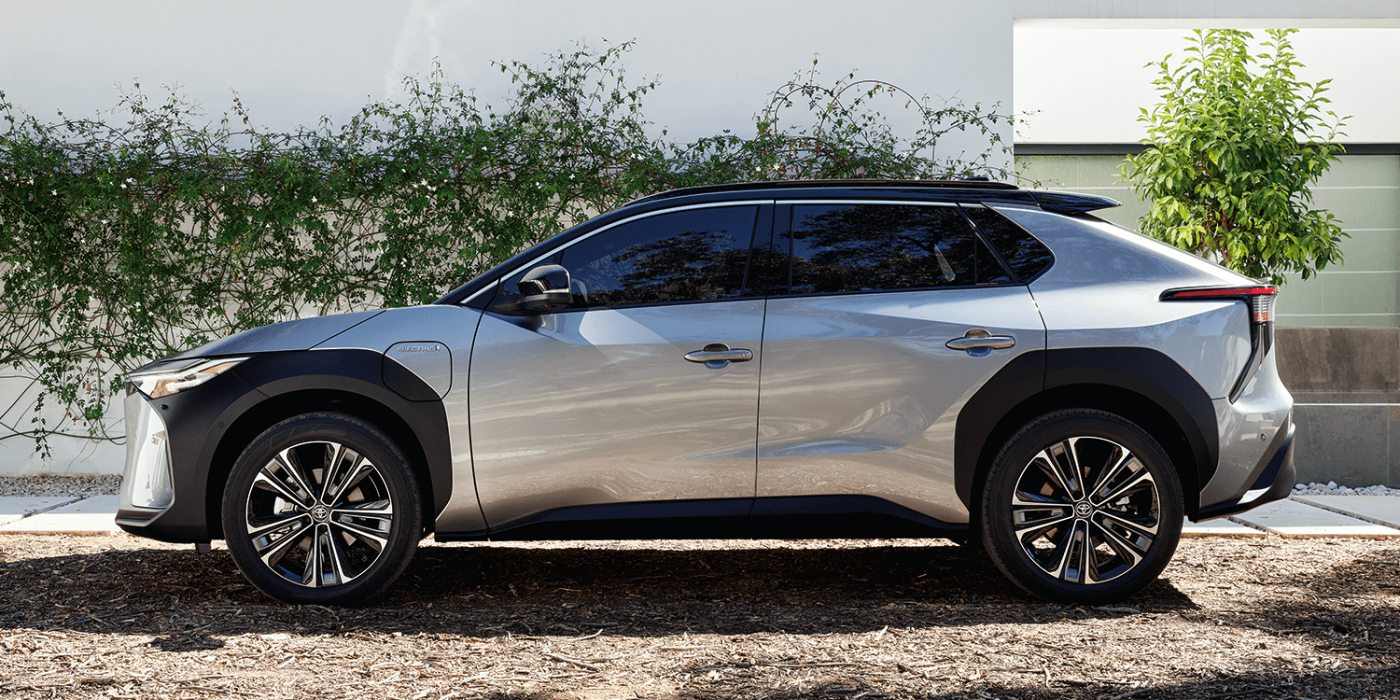
Regarding the charging capacity of 150 kW DC and 11 kW AC (from Q4 2022, previously 6.6 kW) mentioned at the beginning, Toyota adds the information that it expects the battery to still deliver 90 per cent of its original performance after ten years or 240,000 kilometres. The Japanese do not say whether this is guaranteed.
Another noteworthy aspect of energy storage is that Toyota plans to offer an optional PV module for the roof of the bZ4X that can be used both while driving and when parked. The manufacturer expects that the PV roof can generate energy for 1,800 kilometres of additional driving distance over the course of a year.
And the driving characteristics of the new Toyota electric car? For one thing, it is emphasised that the electric SUV is capable of “single pedal driving”, which allows the driver to accelerate and decelerate using only the accelerator pedal. In addition, a steer-by-wire steering system is said to increase control and comfort while driving. The bZ4X is the first production Toyota to have this system, called One Motion Grip, on board, they say. At the heart of the solution is an electronic system that eliminates the need for a mechanical link between the steering wheel and the front wheels. The steering characteristics can be changed depending on the selected driving mode.
Moving on to the model’s interior layout and appearance; the bZ4X is known to be the first representative based on the e-TNGA modular platform developed specifically for battery-electric vehicles. This is accompanied by the flat interior characteristic of electric cars. In vehicles with e-TNGA architecture, the battery unit is integrated as part of the chassis under the vehicle floor, which Toyota says allows for a long wheelbase and, in the case of the bZ4X, a bright and open cabin with seating for five and generous cargo capacity. Specifically, users are said to benefit from a distance of one metre between the hip points of the front and rear passengers. The load space can hold up to 452 litres with the rear seats folded down.
As with the near-production concept, however, the “short overhangs” Toyota refers to are a matter of opinion. In the published pictures, the front looks rather long and the proportions rather conventional. Toyota’s dimensions are 4,690 mm x 1,860 mm x 1,600 mm with a wheelbase of 2,850 mm. Compared to the RAV4 – also an SUV from Toyota’s model range – the wheelbase is 160 mm longer, but compared to, for example, the Hyundai Ioniq 5 – with 4635 mm similar in overall length – the wheelbase is 150 mm shorter.
On the exterior, almost all of the concept’s features make it into series production. The front is characterised by a “new, brand-defining hammerhead shape” with slim headlights and an emphasis on the front corners. The slim design lines in combination with thick sill trims ensure dynamism. At the rear, the design focus is on a striking tail light that takes up the entire width of the vehicle. Aerodynamic features include a full underbody cover, a split roof spoiler and a rear spoiler. The slim lower radiator grille also has a screen that can be adjusted to direct cooling airflow to the battery and reduce wind resistance, according to Toyota.
Toyota is not yet giving full details of the interior. The use of soft, woven trim textures and the option of a panoramic roof are said to create a “living room atmosphere”. A seven-inch instrument and information display sits above the steering wheel, which, according to the press photos, is either available in a conventional version or optionally without the steering wheel rim, similar to the ‘Yoke’ design of the Tesla Model S Refresh. The wide centre console also flows into a large touchscreen as the central infotainment unit.
As far as safety and driver assistance systems are concerned, Toyota’s third-generation solution (“Toyota Safety Sense”) is installed in the bZ4X. As highlights, the manufacturer mentions an extension of the detection range by the millimetre wave radar and the monocular camera. New features are also said to include emergency braking support, an improvement in the “pre-collision system” to detect oncoming and on-coming vehicles, and low-speed acceleration suppression. In addition, a new multimedia system with over-the-air (OTA) software updates will be available, Toyota says.
The Japanese announced the European premiere of the bZ4X for 2 December, shortly after which they plan to release an online reservation service. In April, it was said that the bZ4X is expected to go into series production in mid-2022. In the current announcement, Toyota states that this date “applies to all regions worldwide”.
By 2025, the Japanese carmaker plans to introduce a total of 15 battery-electric vehicles worldwide, including seven “bZ” models. By 2025, Toyota’s electrified model range is expected to grow to more than 70 vehicles worldwide, including at least 15 pure electric cars. In Europe, Toyota says this will lead to a powertrain mix of more than 70 per cent hybrids, around 10 per cent plug-in hybrids and just over 10 per cent zero-emission models – both battery-electric and fuel cell cars – by 2025.
Reporting by Cora Werwitzke, France.

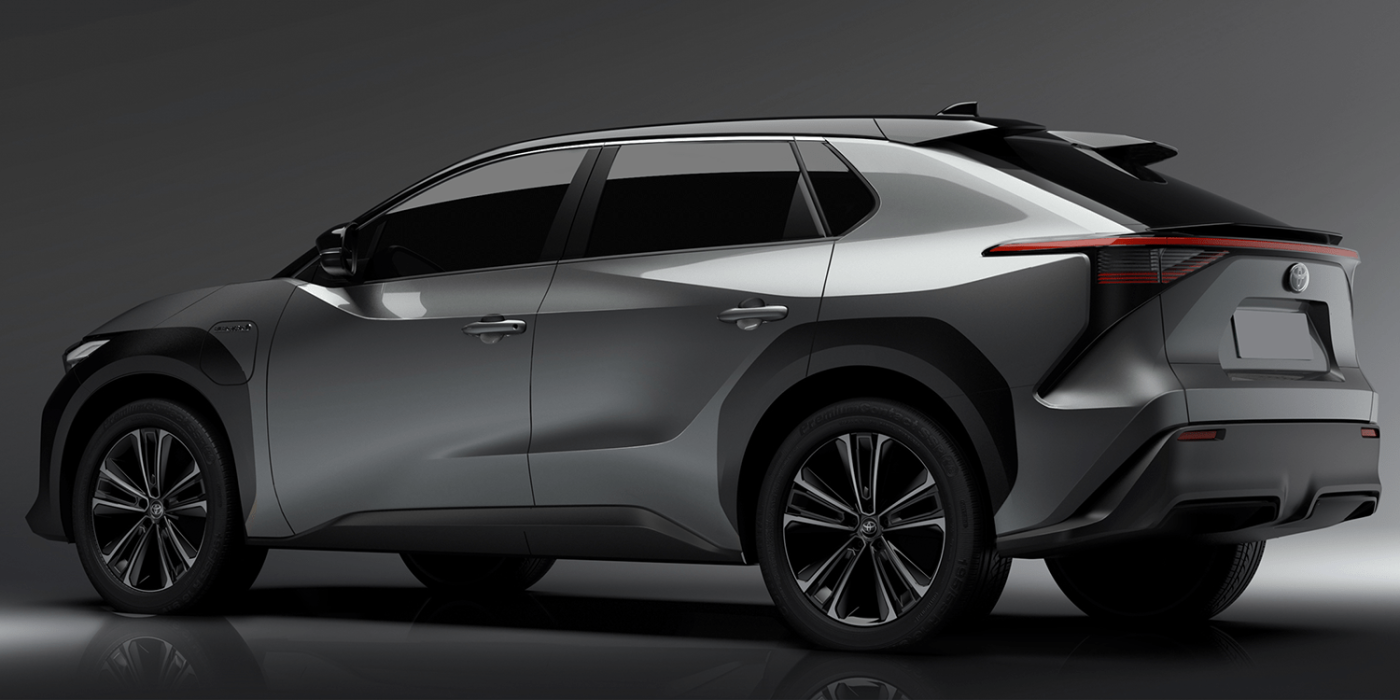

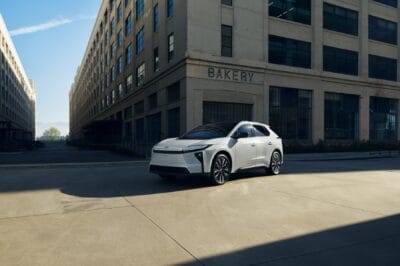
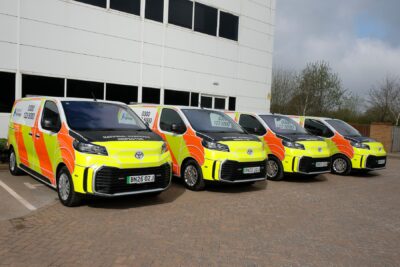
2 Comments